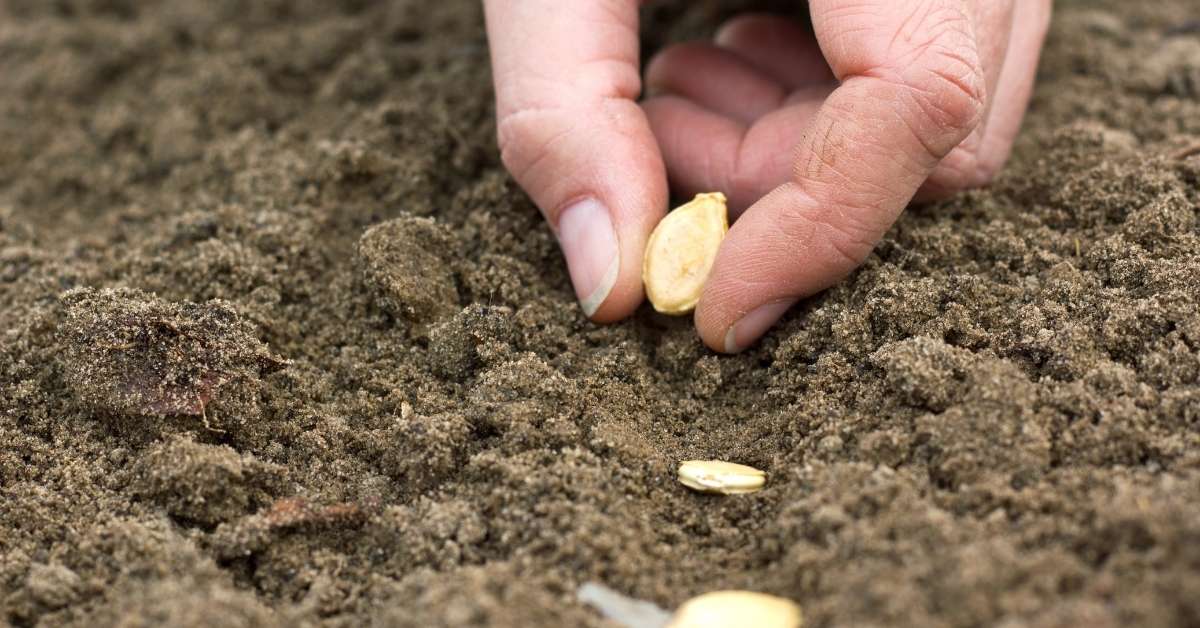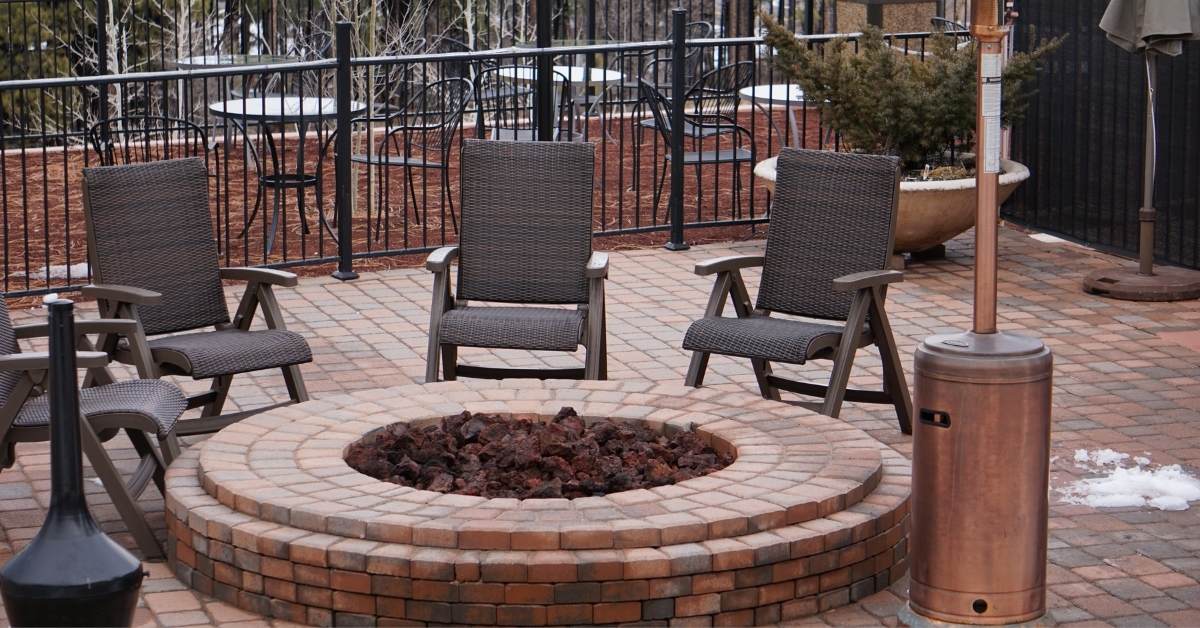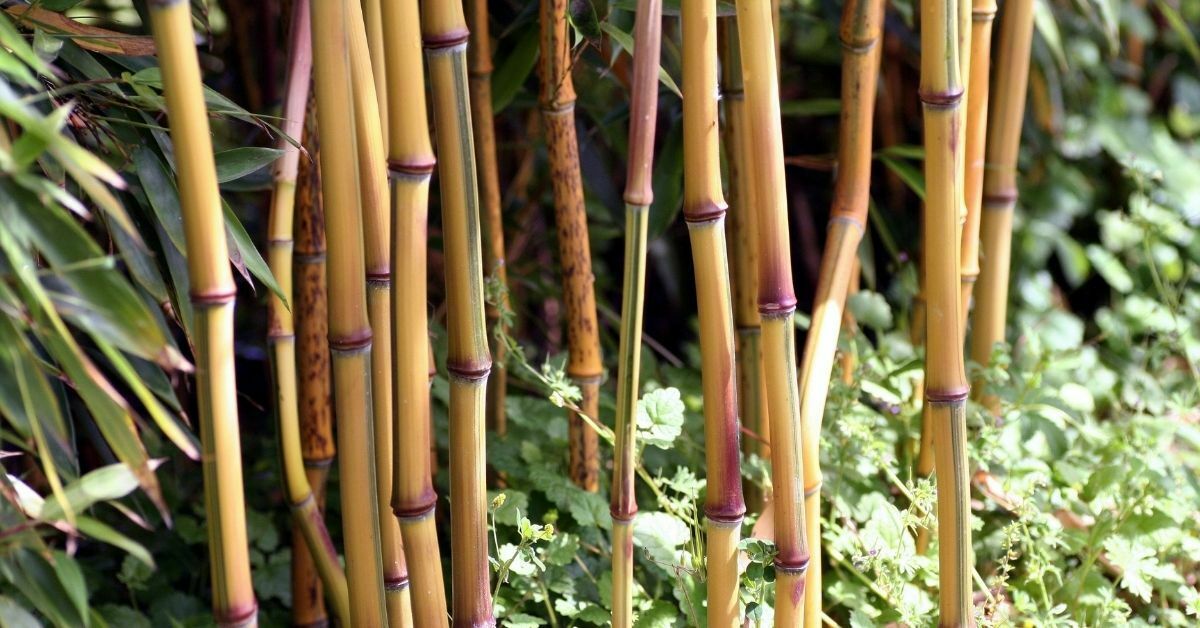The first question that comes up when installing a new lawn is usually “What is the best way to plant the seed?” Should you do it the old-fashioned way by broadcasting the seed out on the ground and hoping for the best? Should you break open the piggy bank and spend the money on sod? Should you be hydroseed? What is hydroseeding, you say?
Types of Seeding
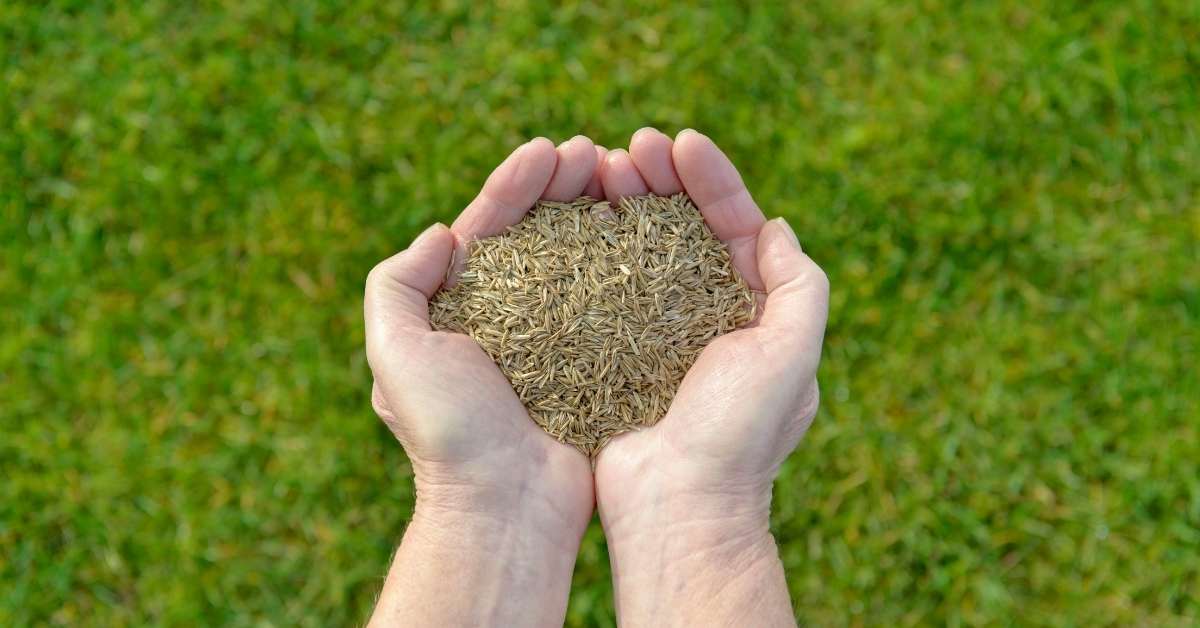
Let’s take a deeper look at each of the three grass installation techniques.
1. Conventional seeding
Conventional seeding (seeding the old-fashioned way) is labor-intensive and time-consuming. Each application of seed, fertilizer, lime (used where necessary for pH adjustment), and straw has to be broadcast (or spread) separately.
Straw is used for moisture retention and to help keep the temperature more moderate. Straw can be very messy. On windy days it can blow all over the place, including your neighbors’ yard. Straw usually has weed seed in it that can take root in your yard.
Once the grass seed has germinated, the straw has to be raked up and disposed of. Often conventionally seeded lawns have to be reseeded because the seed is lost to erosion or pests. Other areas may have some growth but may need to be overseeded to fill in the thin spots.
High winds can blow away your seed, heavy rains can wash your seed away, or a swarm of birds may pay you a visit for lunch. This method of establishing a lawn requires time, persistence, and hard work.
2. Sodding
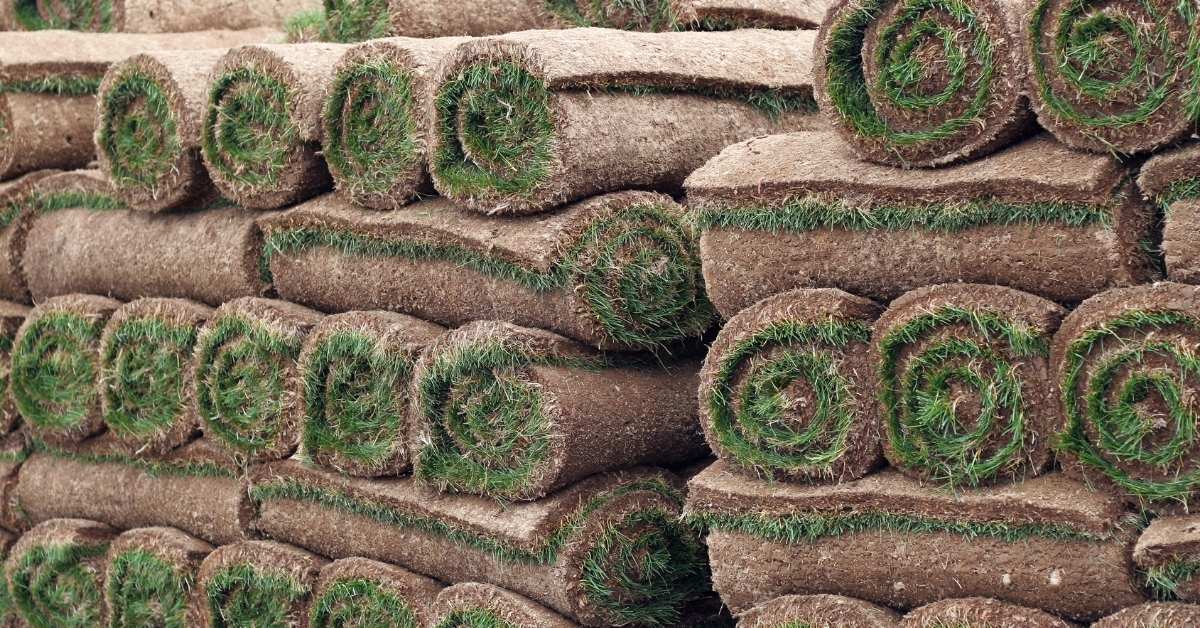
The quickest way to install a new lawn is to use sod; however, this is also the most expensive method. Sod is simply transplanted grass. It is grown somewhere else, usually in sandy-loam soil, then cut off of its root system.
Usually, by the time the sod is finally delivered and installed, it is dehydrated and in shock. You will need a layer of loose soil and a lot of water as soon as it is installed in order for it to recover and grow a new root system.
Because of the excess amount of water needed, the soil can become muddy and often settle into an uneven lawn that is hard to mow. To help level your lawn, many sod farms advise you to use sand. However, this sand can create places where water can puddle just under the surface, ideal conditions for fungus and bacteria to grow.
For this “instant” lawn, you are going to pay at least 3-4 times what you would pay for conventional seeding or hydroseeding.
3. Hydroseeding
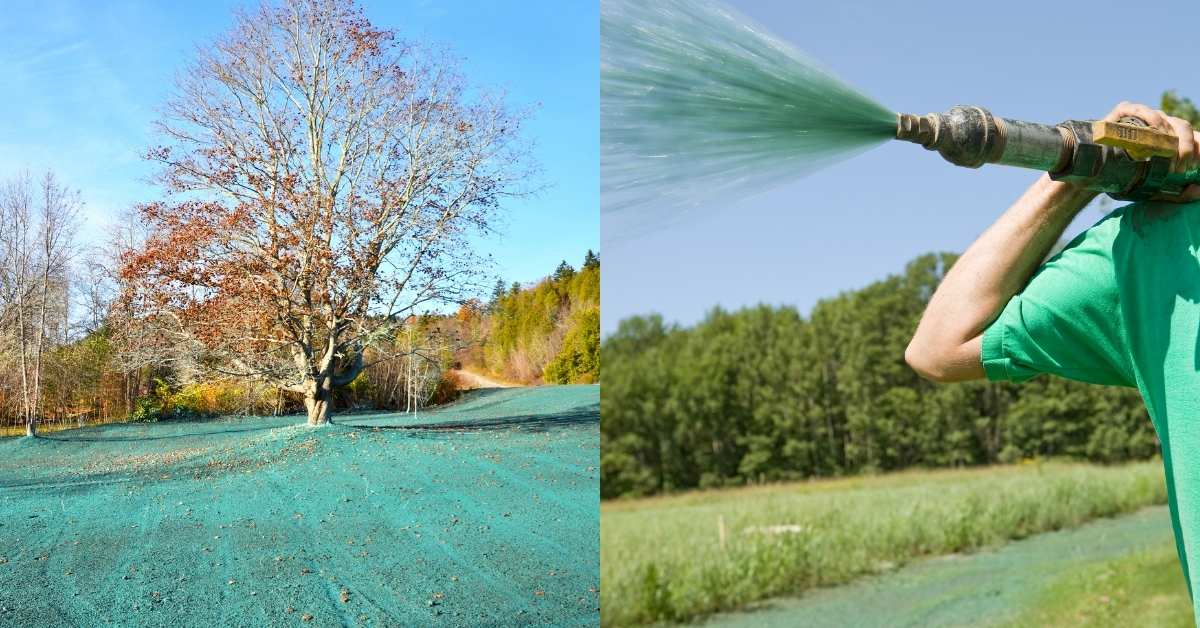
Hydroseeding has been landscaping’s best-kept secret since it was invented in 1953. If you’re not familiar with this process, you are not alone! It costs much less than sod, won’t give you a headache like conventional seeding, and establishes quickly into a thick, plush lawn.
But what exactly is hydroseeding? Grass seed, fertilizer, hydromulch, and water are precisely measured and mixed together in the tank of a hydraulic seeding machine. The mixture looks kind of like green oatmeal. The hydroseeding slurry is pumped through a hose and sprayed on the ground where you want the grass to grow.
Hydroseeding ingredients, unlike conventional seeding, are combined together and sprayed in one application, thus reducing labor. The hydro-mulch is used instead of straw and provides moisture retention and protection from birds and other pests.
Binding agents and other additives can be mixed in with the seed, fertilizer, and hydro-mulch that can help prevent wind and water erosion. Hydro seeded lawns are planted, not transplanted, so they are never in stress or shock. The mixture stabilizes the soil and eventually decomposes after the grass has grown enough to be cut, usually 3-4 weeks.
There is no messy straw that needs to be raked up afterward. Hydroseeding is an easy, fast, inexpensive way to get a nice lawn as thick and green as the best farm-grown sod.
